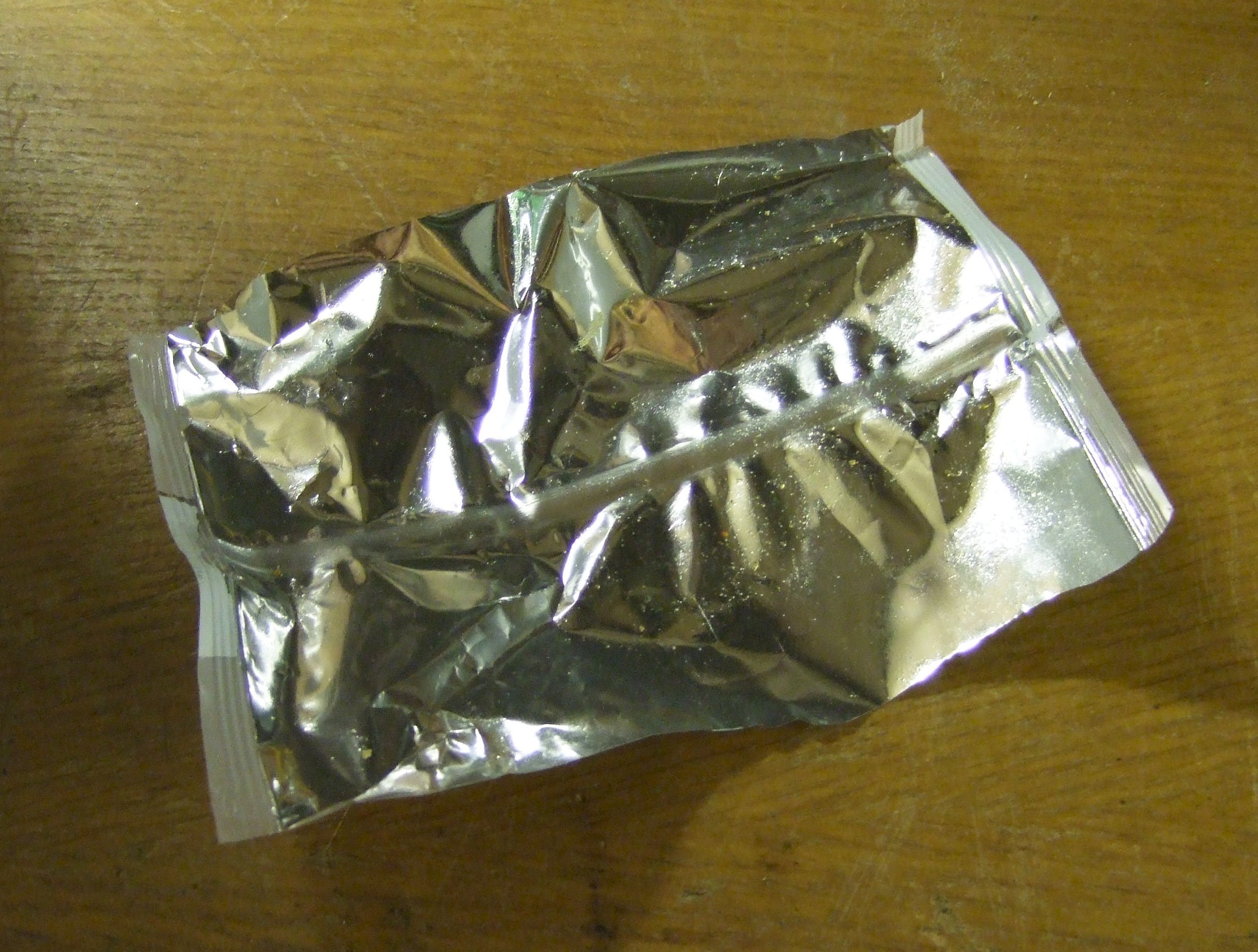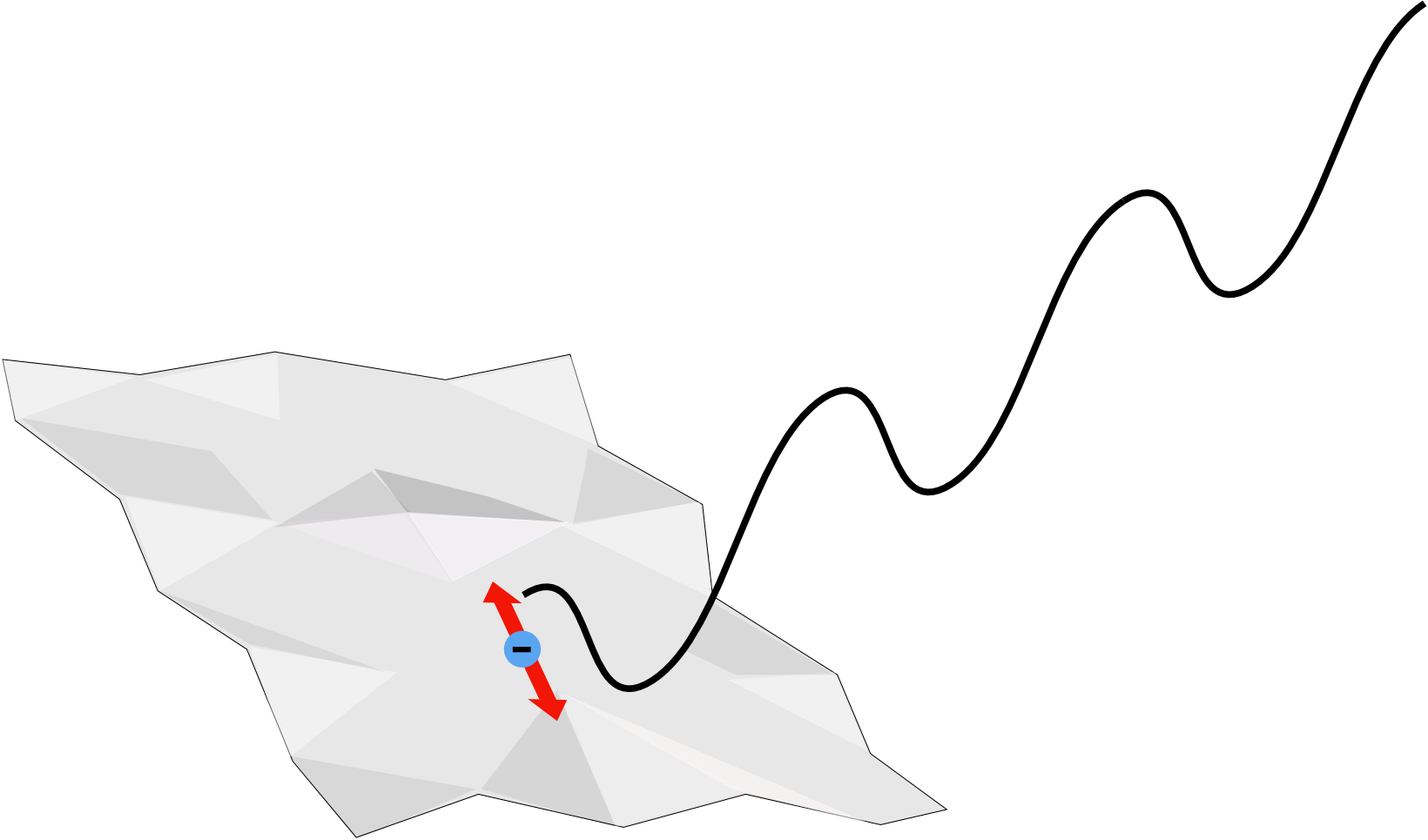Crisp Packet Fireworks
Ingredients
 | A shiny crisp packet, after you have eaten all the crisps |
 | A microwave |
Instructions
Put the crisp packet in the microwave
Turn on the microwave for a maximum of 4 seconds
Watch.
Turn the microwave off.
When the packet has cooled down, does it feel the same?
If you leave the microwave on for longer than this there will be nothing to heat but parts of the microwave oven. This means the oven could get very hot and may be damaged.
Be careful picking up the crisp packet afterwards as it may be very hot.
Result
You should see the crisp packet shrivel up and shrink to a fraction of its original size, and while it does, lots of exciting sparks should appear on the surface.
If you feel the shrunken packet it will feel much stiffer and less flexible.
Explanation
The shiny crisp packets are made with a piece of aluminium foil sandwiched between two plastic films - the aluminium is used to make the packet more oxygen-proof.
Microwaves are a type of electromagnetic wave, just like radio waves or light. When they hit the aluminium foil, which conducts electricity, they make electric currents flow back and forth in the aluminium foil.

These large electric currents heat up the foil in the same way that the electric current heats up the element in a heater, toaster or a light bulb.
Why does the crisp packet shrink?
The plastic in the crisp packet is made up of long polymer molecules, a bit like minute strings of beads. The film was made by stretching out a piece of plastic until the molecules were stretched out almost straight.
![]()
When you heat up the plastic you give the molecules energy so they start to vibrate, wiggle and writhe.

On average the molecules will get less straight and more wiggley. This will make the film thicker and shorter, making the packet shrink and get stiffer. This is exactly the same process as
boiling yoghurt pots.

Why do you get the sparks?
If you imagine a part of the foil where a large current is flowing.

Now imagine what happens if the packet is shrinking and the foil gets cracked. The large current isn't going to want to suddenly stop. it will pile into the edge of the crack build up a huge voltage, and find another route to flow. Often the easiest route is through the air.

Air is not a good conductor and to pass a current through it involves ripping electrons off their atoms. This makes it very hot and excites lots of atoms with lots of energy, they then release their energy as light, making a spark. Also because hot air expands and the air has got very hot very quickly it expands explosively making a crackle sound.
This is why you probably noticed that most of the sparks occured while the packet was shrinking - there are lots of cracks being made in the foil while it is changing shape.
- Previous Measuring the Speed of Light
- Next How to tell if your egg is raw










Comments
Add a comment